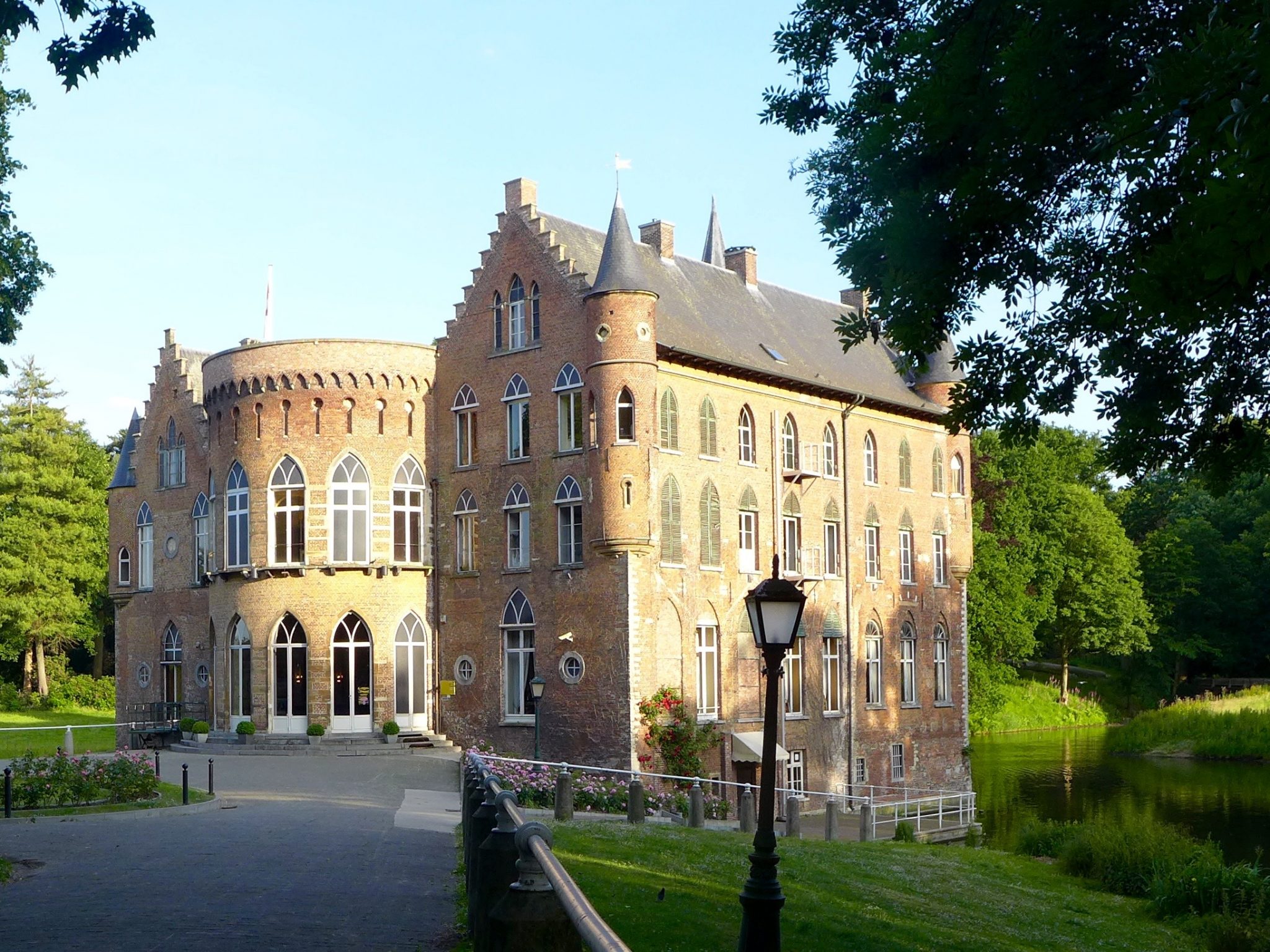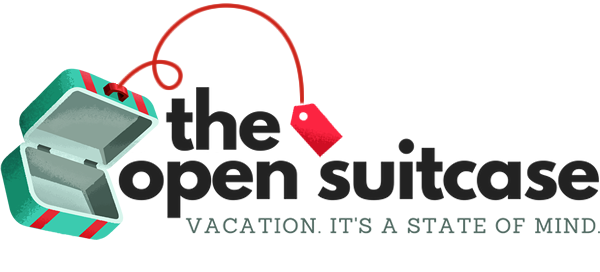Drive, Baby, Drive: What You Need to Know Before Renting A Car In Europe
 Europe’s train system is incredible. For the price of a lunch in New York City, you can pick up a 2nd class ticket in any city and get yourself to another city for a day of touring. It’s practical, economical, and reliable.
Europe’s train system is incredible. For the price of a lunch in New York City, you can pick up a 2nd class ticket in any city and get yourself to another city for a day of touring. It’s practical, economical, and reliable.
Why, you ask, did we forsake that security to rent a car?
Um. Because we were traveling Americans. And road trips are what we do.
Related: Best and Worst States for Road Trips, by the Numbers
I’m not saying we completely rejected trains. We took one from Paris to Bayeux to pick up a Normandy day trip. And another to get to Brussels. But for the 3 days we were in Belgium, we decided driving was the way to go.
Why?
Renting a car in Europe gives you the flexibility and freedom to explore areas outside the tourist comfort zone.
Did it work?
It did.

We established our primary targets and then made decisions on the fly. For example, day one was dedicated to the Ardennes. The NY Times that morning featured a story about the fabulous strawberries in Wépion, so off we went. After consuming a couple of pints, we figured we’d hit the Namur cathedral since we were close enough to spit a seed at it. Then it was off to the prehistoric Caves of Han-sur-Lesse, stopping to shoot some photographic cows along the way. Since we’d come that far, we had to see the tank in the center of Bastogne and then on to Luxembourg City for dinner. Why? Because we could.
Related: You Have to Go Beer-Hopping in Belgium’s Capital of Hops
Another day, we hit Ghent and Antwerp and decided against dinner in the city, detouring into Bazel and falling upon a castle with a moat. Our final destination was Bruges and, after swimming upstream with thousands of tourists, it was delightful to wander around the serene village of Damme.
We drove about 600 miles in those three days.
What went wrong?
Brussels city traffic. Leaving and returning was an adventure and not in a good way. The city’s full of roundabouts that flummoxed our GPS. Brussels is a smallish city, but Mathilda (we had to name our GPS in order to curse her), insisted on dumping us onto a different highway each day, presenting a fresh set of navigational horrors. And then there was the pedestrian predicament. Brussels works on the honor system – if a person steps out into the road, you need to STOP. To someone who’s been raised with traffic lights and signs, this was anarchy.
Would I do it again?
In a heartbeat. Each of our “off the beaten track” stops was as exciting as the guidebook attractions we visited. And we would have discovered none of them by train.
8 Tips for Renting a Car in Western Europe:
Book it before traveling: If you have specific vehicular needs, booking your car in advance is necessary. Since American drivers are lazy drivers (most of us don’t know how to drive a manual transmission), I wanted to make sure an automatic was available. I also had size concerns. The men in our quartet are six-footers and three days crammed into a tiny Opel would have made no one happy. I used Auto Europe, a consolidating service, to source our car before we left. Pickup and return were seamless and I had prepaid for the rental in US dollars, so my only responsibility at the counter was payment of local city taxes.
Include no deductible insurance: You’ll find articles that advise you not to purchase additional insurance when renting a car. I was nervous, though, and you can’t put a price tag on peace of mind. The rider for ‘walk away”, or no deductible insurance cost me about $50 a day. Not insignificant. But I was able to relax knowing that if we hit a cow, it was not going to involve months of back and forth negotiations with a farmer in Dinant about damages.

Get an International Driver’s Permit: This also falls into the “piece of mind” category. In the US, you can swing by your local AAA office (yes, they still exist) and pick up an international driver’s permit (IDP). This, carried with your driver’s license, validates you as a driver in over 150 countries throughout the world. It is not required for most of Western Europe, but is recommended. Remember the farmer’s pasture? Now involve the local gendarmes. The more official paperwork you have, the better.
Bring along a large road map: Remember maps? Besides serving as quaint relics of times gone by, a good road map is essential for figuring out where you want to go and how to get there. We’d unfold our Philip’s road map, pick out the names of nearby towns, and then look them up to see if there was something of interest.

Be flexible. We had certain non-negotiable stops to hit during our days in the car. For example, I wasn’t leaving Belgium without seeing the Ghent Altarpiece. But, for most of our days, we played it loosey goosey and if someone made a suggestion, we dove on it.
Pack snacks. You will revert to your inner irritable child. On day one, we were hungry. Day two? We packed up items from our hotel breakfast buffet so we could graze between meals.

Don’t ignore the fuel gauge: Our rental agreement, like most, required returning the car with a full tank. We passed up a number of highway stations, assuming we could fill up just prior to returning the car. Wrong. We couldn’t find an open one as the minutes ticked away and the rental office was about to close, causing unnecessary stress.
Assign a pilot and a co-pilot: And then resist the urge to backseat drive. It’s a stressful responsibility and they deserve oodles of thank-yous!
